Regardless of how you plan to work your gundog, training it to walk to heel is essential; Howard Kirby teaches us how!
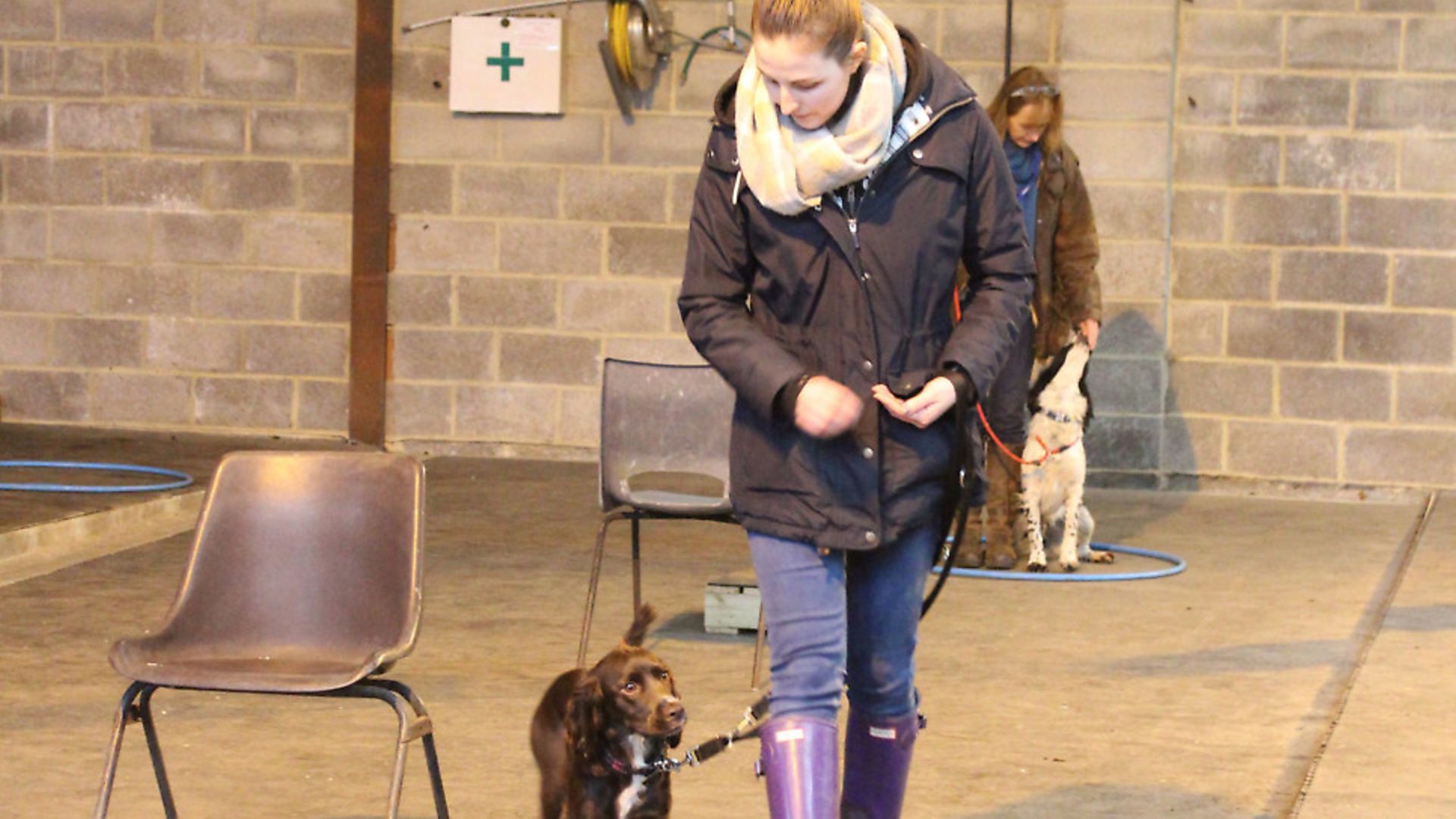 credit: Archant
credit: Archant
Heel, will you: there’s three words that will be spoken gently, firmly or hysterically by thousands of dog owners as they step out of their front doors every single day of the year.
Why do we make such a big deal about wanting our dogs to walk to heel? It can have different levels of importance depending on individual dog owners. Answers will differ in the gundog world, with views often influenced by the breed type and work required in the shooting field.
For people that own dogs primarily as companions, walking at heel will certainly be something that they would have on their wish list of desirable dog behaviour. Obedience competitors require a dog that is beautifully schooled to walk at heel with its head pressed closely to the handler’s side, with its eyes fixated on their face. Retriever handlers require a dog that is positioned with its shoulders approximately in line with your own, thus positioning its head just slightly forward, allowing a clear front, left and right view of the shooting field. For breeds that hunt, lead work is often viewed as a ‘necessary evil’, needed only to secure the dog for long enough to get it out into the field. These are of course generalisations and dog folk will argue over the rights and wrongs forever.
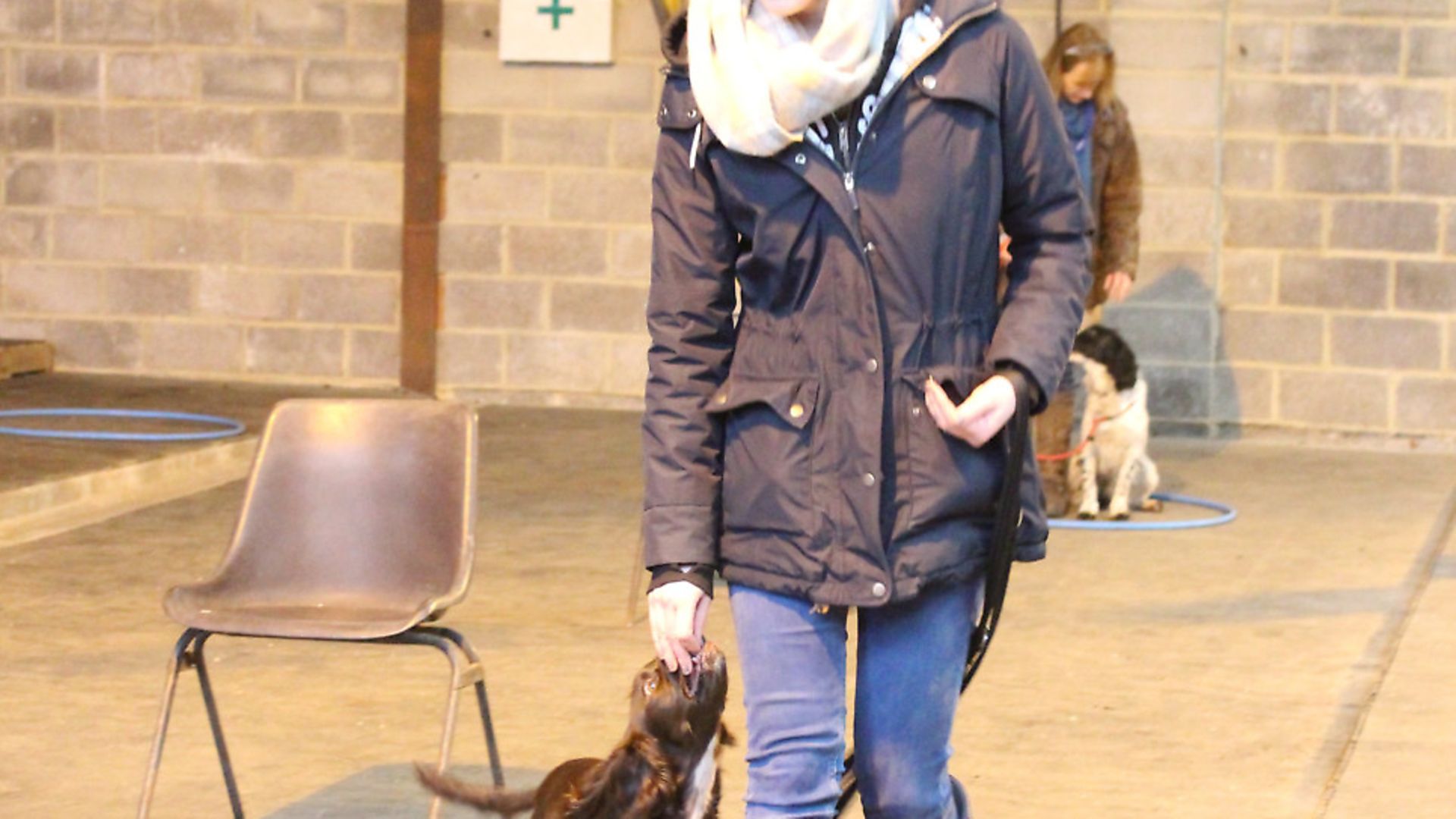 credit: Archant
credit: Archant
For myself, well, I take the view that if I need to have a dog on a lead then I owe it to the dog and my shoulders to teach it to walk at heel or at the very least on a loose lead. For the record, it’s easier said than done.
Having trialled an English setter for two years that would be best described as an absolute ***** on a lead, I have vowed to do my upmost to school all of our dogs to at least be pleasant to attach myself to.
There are so many benefits to having a well-schooled dog on a lead that I feel it invalidates most arguments for the opposite. There is one view that if you school a hunting dog to walk at heel, you will stifle its drive and hunting power. To all of the ‘mere mortals’ out there (myself included), if schooling a dog to walk to heel were to reduce the hunting drive of modern hunting dogs by fifty percent, we’d find working them in the shooting field a damn sight easier. And you would find far fewer shooting men and women quietly weeping in the corner of lunch huts, after Fido decided to singlehandedly clear the next drive of everything with a pulse. Oh, come on, we’ve all been there...
You haven’t?! Well you’ve not lived then!
Just before we move on, I also believe that if a dog has been properly schooled to understand the Heel command (or ‘fuss’, the German eqaivalent; or ‘au pied’, the French), this alone will not confuse or dampen a dog’s work ethic.
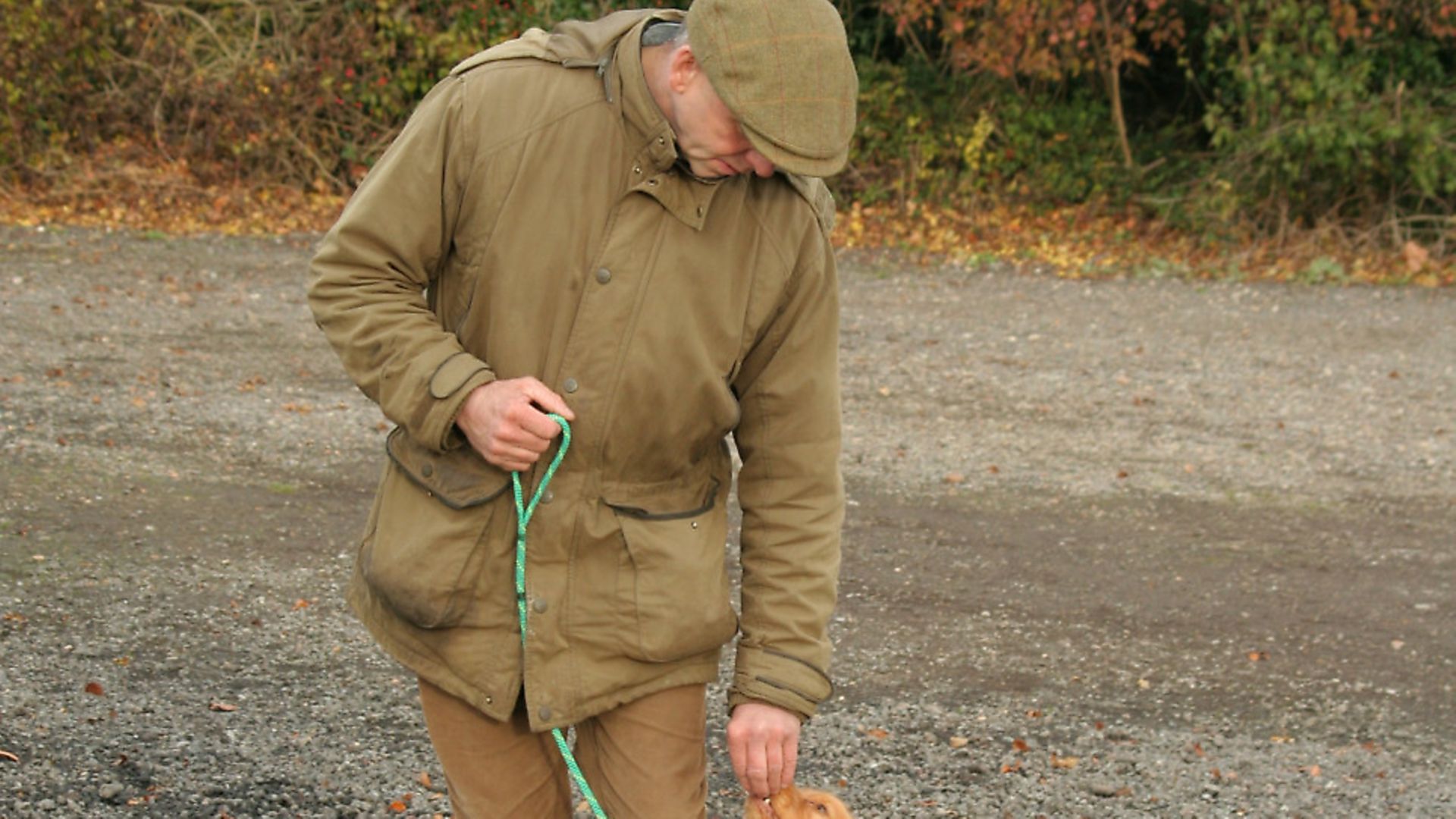 credit: Archant
credit: Archant
Teaching heelwork
At Mullenscote, we encourage puppy owners to use food treats in order to teach youngsters where to position themselves at our sides. As always, classroom choice should be on the first line of your lesson plan. A young puppy is best taught in a low-distraction environment. So, choose somewhere that has no other animals or people in it. You are trying to be the most interesting thing in the room. But don’t rely on your amazing personality; it’s going to be the food that does it for the dog.
While I don’t want to patronise you (at least, not in this paragraph, anyway), I should just point out that you need to be sure that the dog is hungry enough to want, and to work for, the food you have to offer. To be successful, you will need to pay careful attention to your dog’s daily food regime. Food rewards can and should vary in value. You might use the puppy’s daily kibble or a high-value reward like cheese or chicken. There is, of course, a whole industry built on producing dog treats so you really won’t be limited for choice.
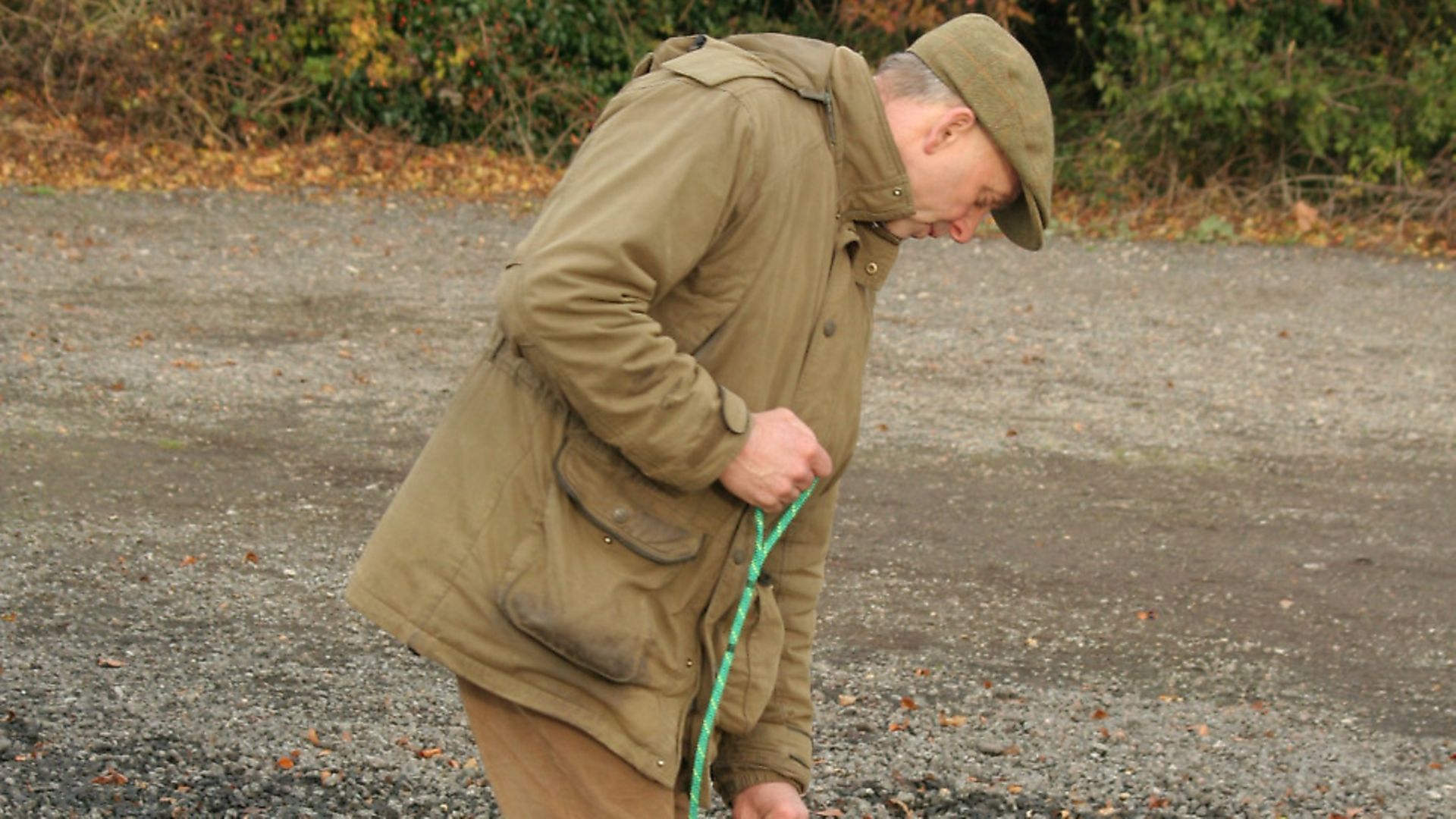 credit: Archant
credit: Archant
Before you start
Beware of engaging with the dog until you are sure that you are fully versed in treat management and that you have the practical skills to deliver food rewards fluidly and with skill and dexterity.
Do not underestimate the need to do this properly. First-time treat trainers have been known to make a real ‘hash’ of it!
Try to put yourself in the mindset of a puppy that is being trained by a teacher who is new to the job with very few puppy training skills and does not really understand the culture or language of their pupils.
Having an over-inflated sense of your dog training skills will only serve to block your ability to learn and make training sessions extremely difficult for the puppy.
We all have to start somewhere so be prepared to invest a lot of thought and effort into owning your first dog. It’s important to read, watch and listen to a significant amount of pre-course material before attending sessions (we are considering creating a dog training course for owners to study before buying their first puppy or older dog).
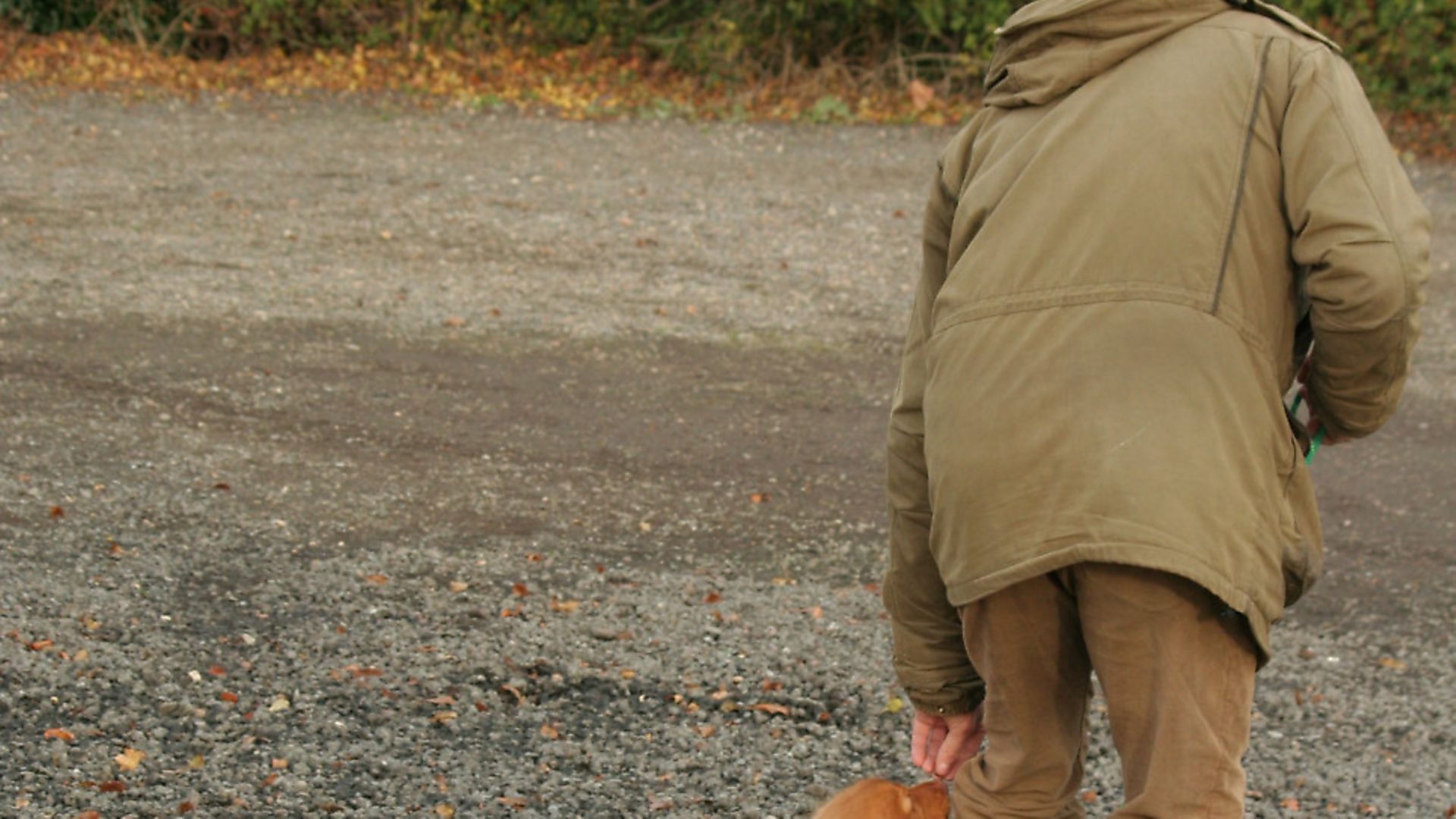 credit: Archant
credit: Archant
Heelwork technique:
n Choose a classroom that is as free of distraction as possible.
n Ensure the dog is hungry enough to want the food rewards and use high-quality rewards that your puppy is prepared to work for.
n Put a piece of food between your thumb and forefinger and lure the puppy into the Heel position.
n Allow the pup to lick at or nibble the food treat. During early lessons, it’s essential that you allow the puppy to access the reward while you move gently forward. Turn a small circle inwards towards the puppy and quietly return to your start position/placeboard. Ensure the food does not run out while moving.
n You can periodically stop and encourage the puppy to sit (reward as he does), before re-engaging the puppy with a fresh piece of food and moving forward again. Make sure you are aware of the pup’s position and constantly encourage the pup to locate itself in the correct Heel position. Where you place the feeding hand will determine this.
n You should be looking for a small amount of progression in each session. Close your hand, momentarily denying the puppy access to the reward. Encourage the pup to hold its position for a few short steps before reintroducing the reward and then start moving forward again.
n In these first few sessions, we are entirely reliant on the puppy volunteering to follow your hand. With this in mind, keep sessions short – just a couple of minutes long – and full of rewards.
n Do not use any verbal commands in these first few sessions. We can introduce the verbal Heel command once the puppy has started to learn what’s required of it.
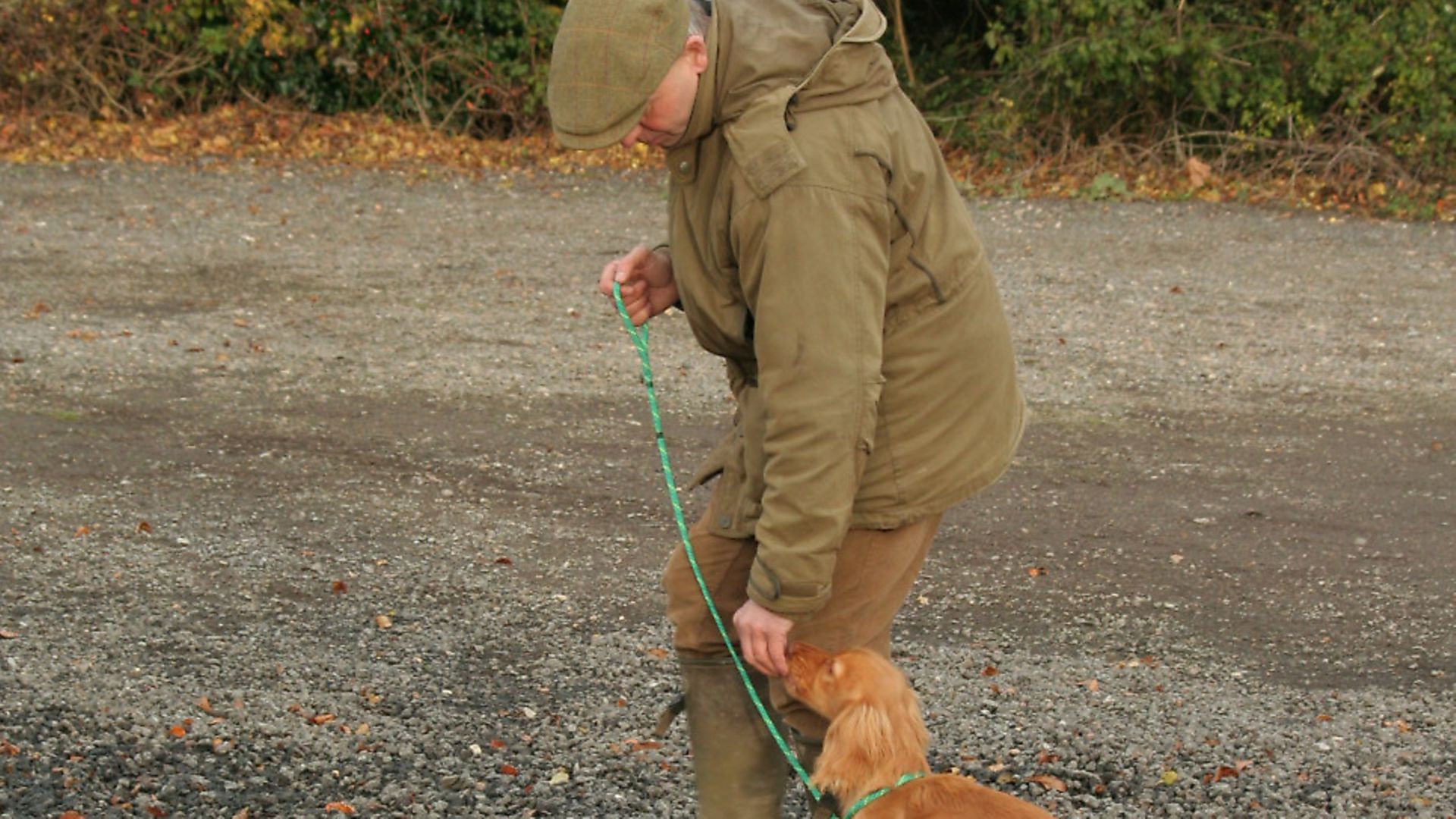 credit: Archant
credit: Archant
Keeeeeeep training!
Clearly, this is just the beginning. Continue to build both your own and your puppy’s skill – and when you feel that the dog is ready (and that you are confident you are also ready!!), gradually increase distances and timeframes, and change up the environments with progressively increasing levels of distraction. Keeeep training!!!
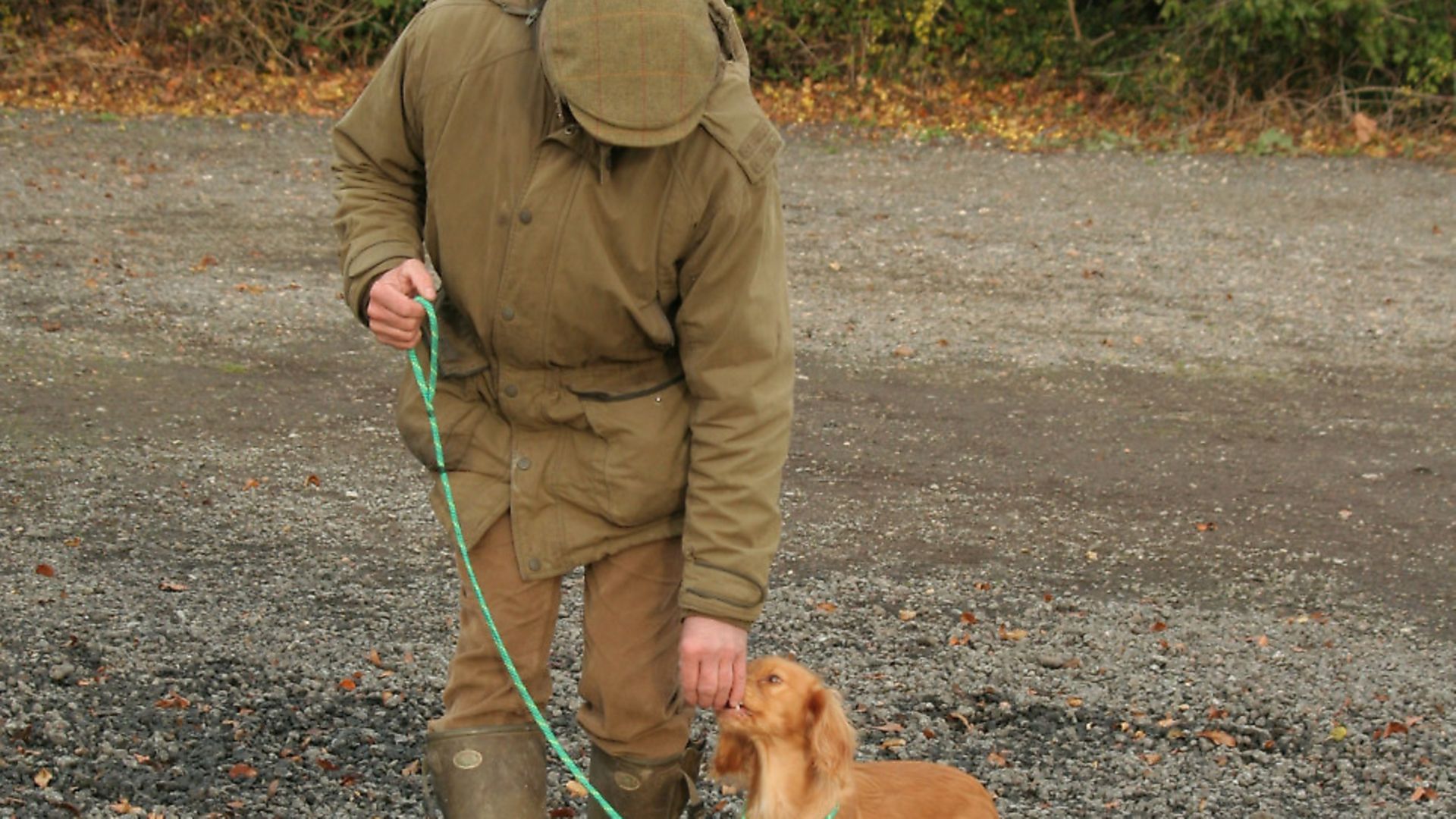 credit: Archant
credit: Archant
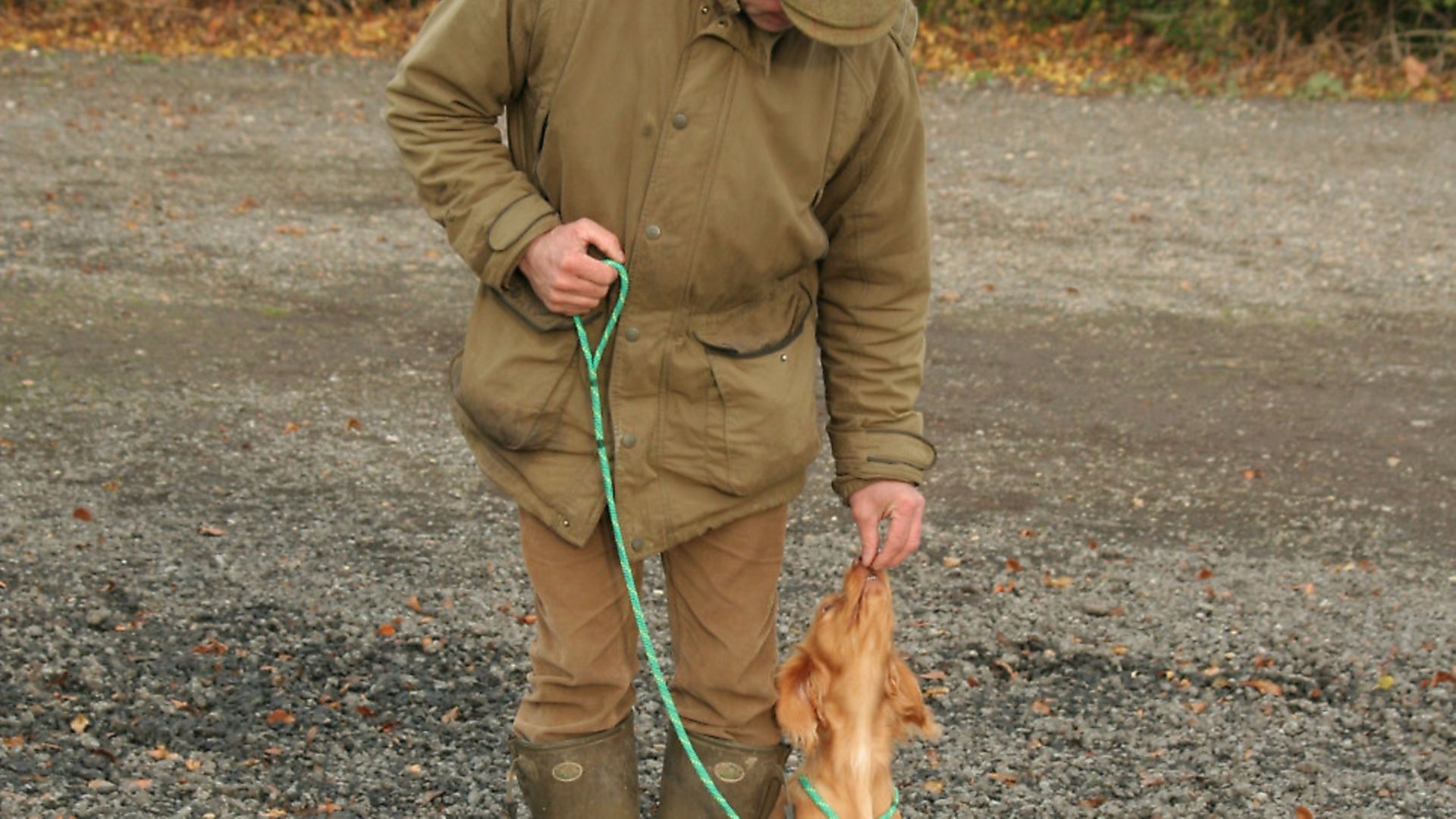 credit: Archant
credit: Archant